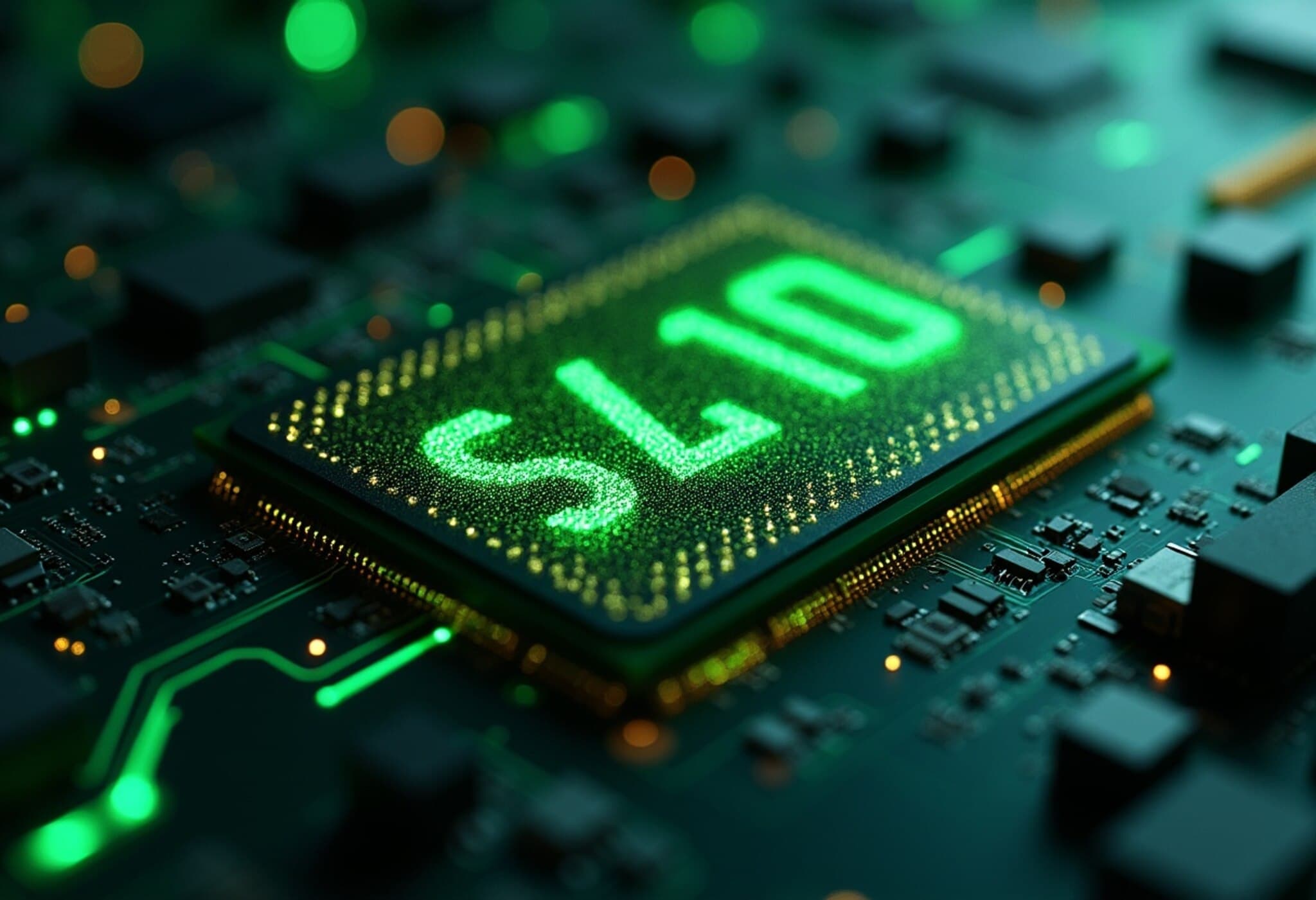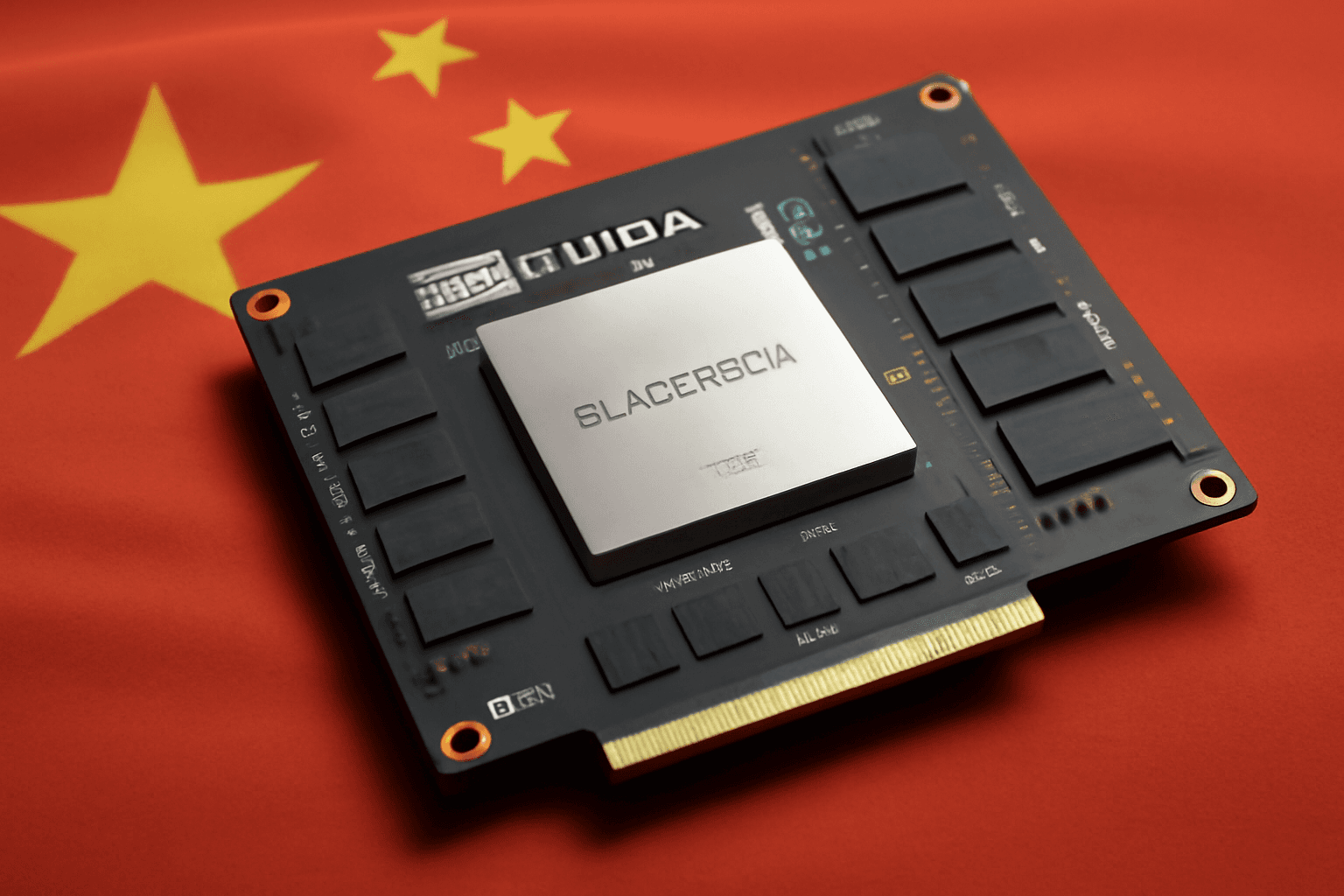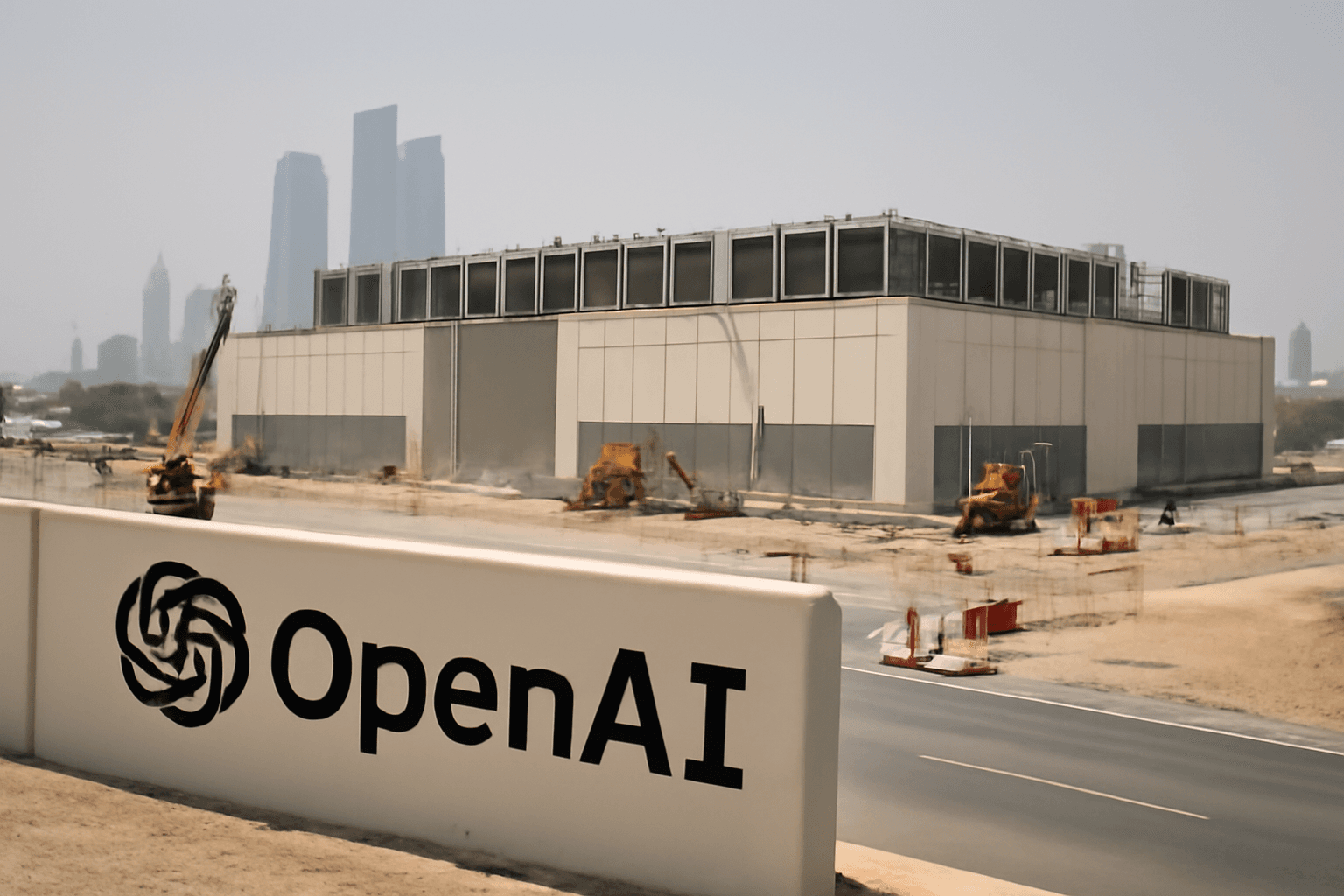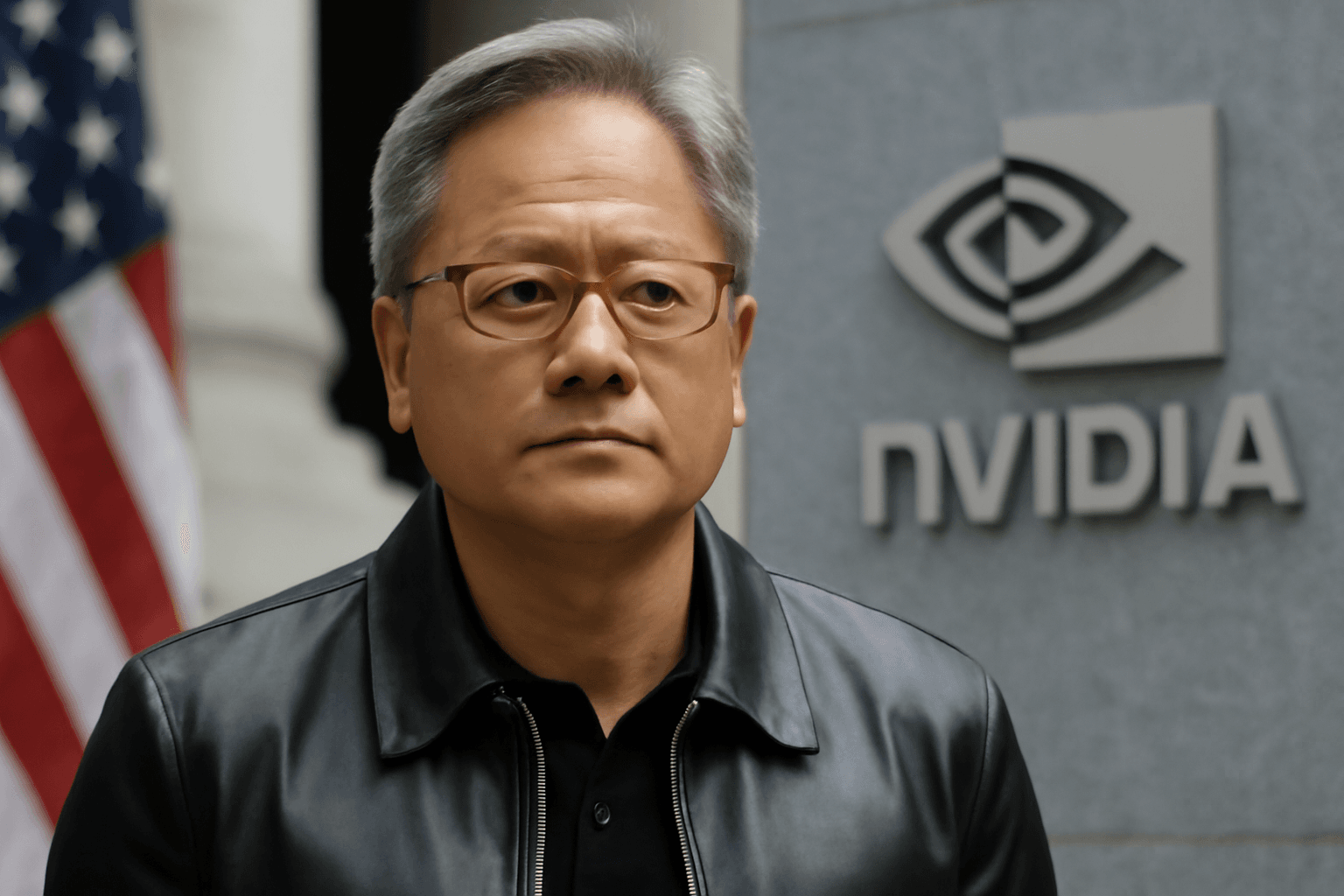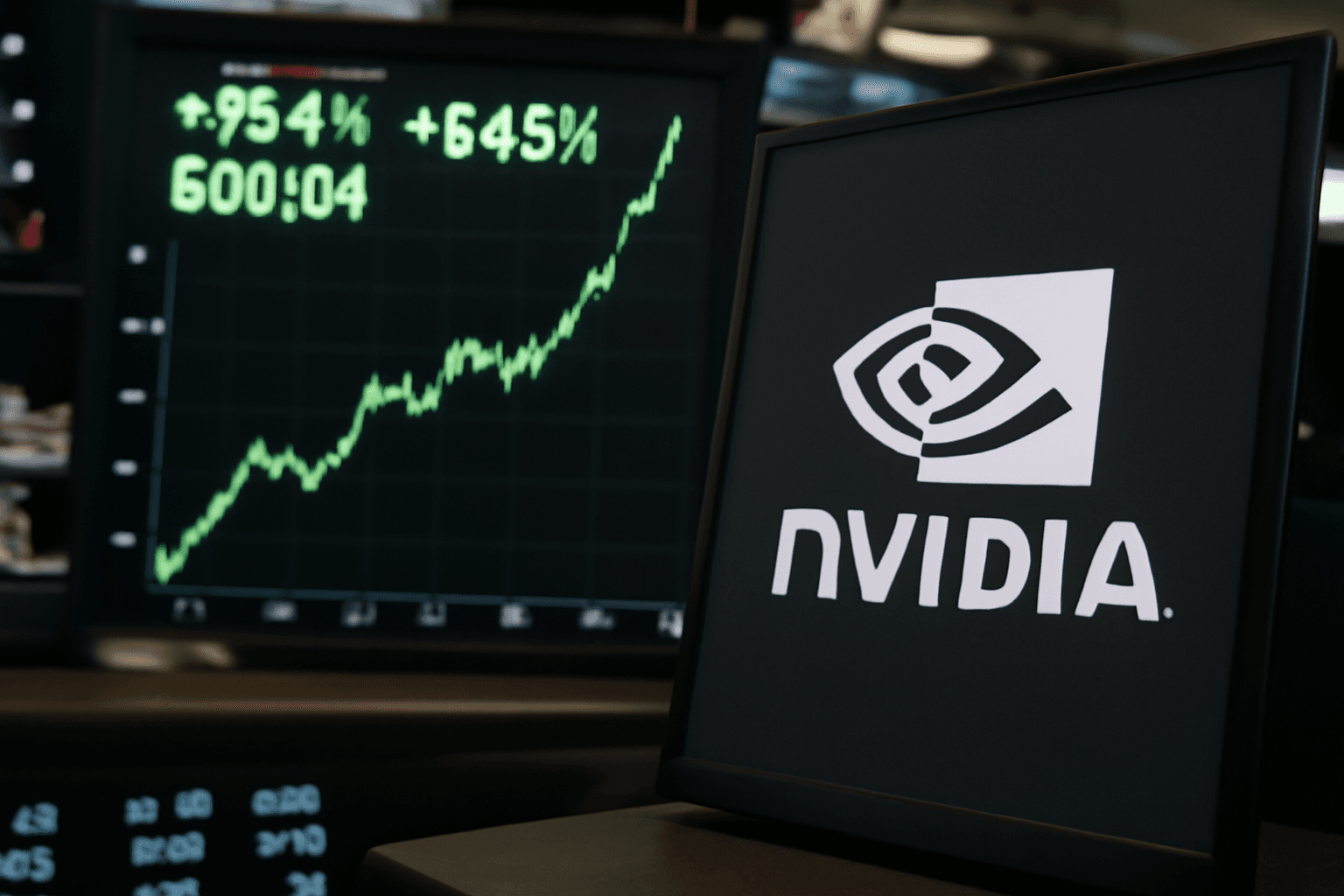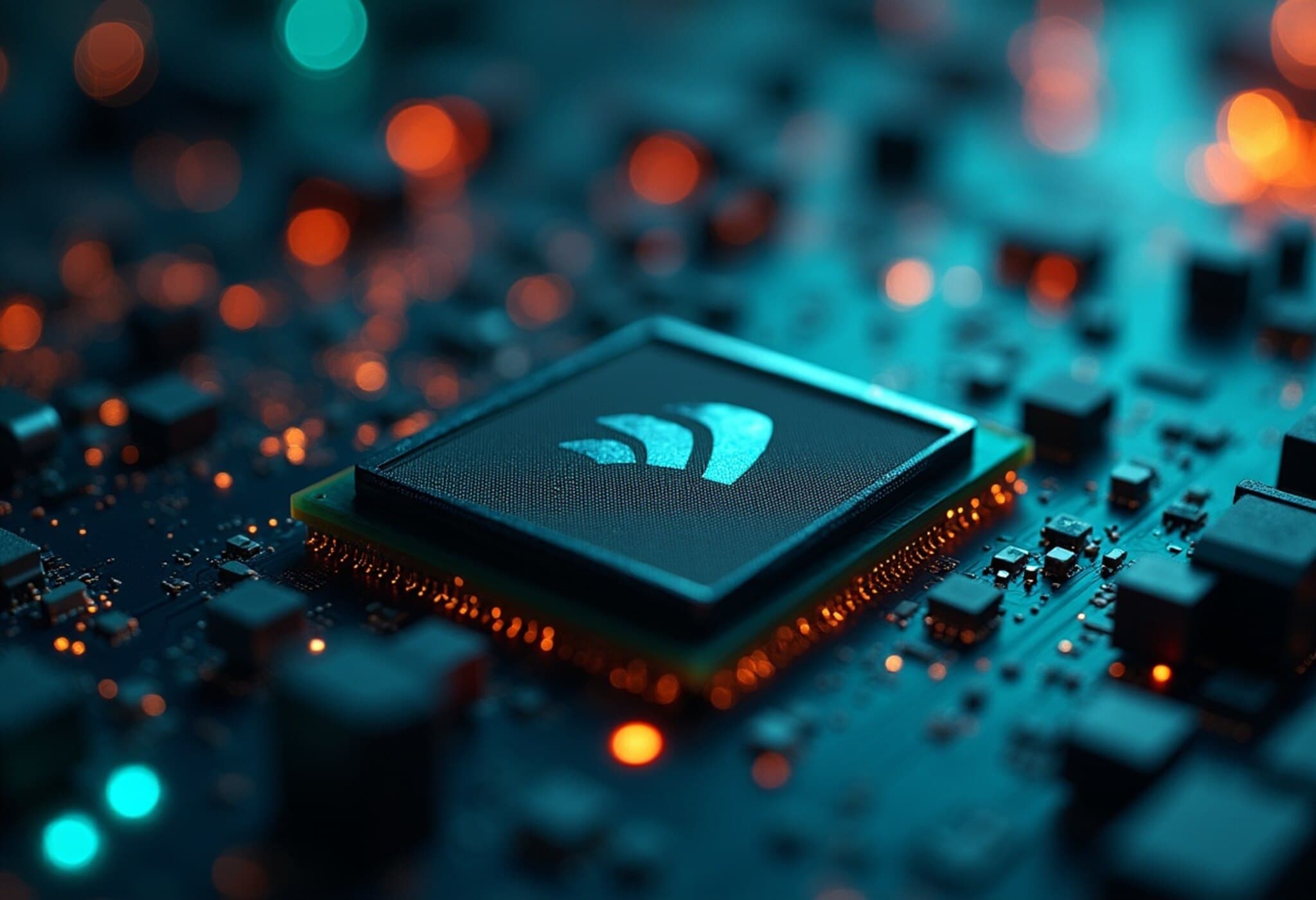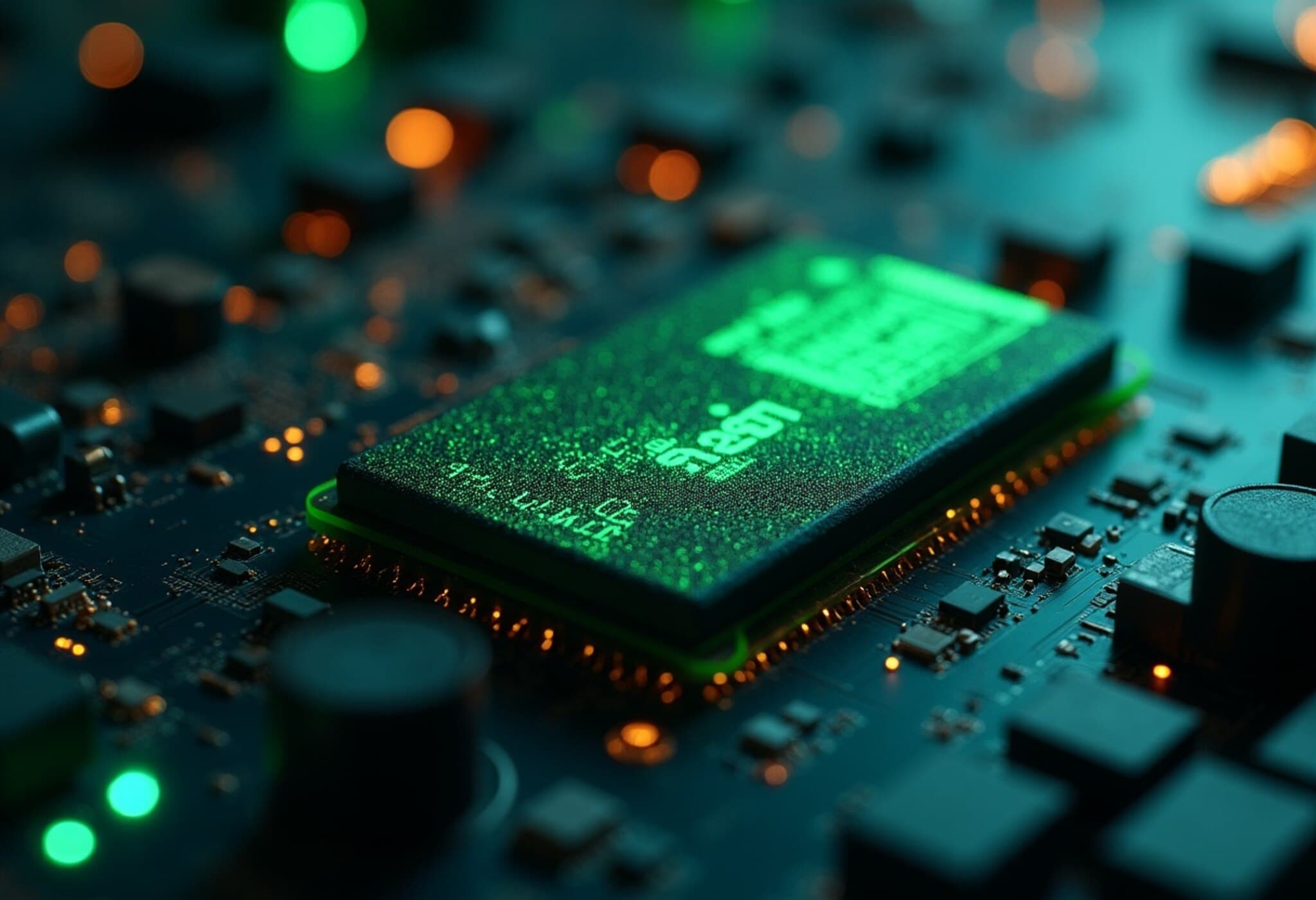Nvidia Soars Past $4 Trillion Market Capitalization
In a groundbreaking milestone that underscores the seismic shifts in the tech landscape, Nvidia's shares surged over 2% on Wednesday to push the company’s market value beyond $4 trillion for the first time in history. This landmark achievement marks Nvidia as the first publicly traded company ever to reach this valuation, highlighting its dominant position in the rapidly evolving world of artificial intelligence (AI) and semiconductor technology.
The Rise of a Chipmaking Titan
Founded in 1993 and headquartered in California, Nvidia has transformed from a niche graphics processing unit (GPU) designer into a global powerhouse central to AI innovation. Over the past five years, its stock price has climbed more than fifteenfold, reflecting investor confidence in its pivotal role powering generative AI models like ChatGPT.
- Passed $2 trillion market cap in February 2024
- Surpassed $3 trillion mark just four months later in June 2025
- Surged past $4 trillion in July 2025
Its GPUs are the engines behind large language models and advanced AI applications that are reshaping industries ranging from healthcare to autonomous vehicles. Notably, Microsoft—a tech industry giant and close partner—is also one of Nvidia’s largest customers, which has only fueled investor enthusiasm.
Growth Amid Geopolitical Challenges
While Nvidia’s ascent is remarkable, it hasn’t come without hurdles. The backdrop of escalating geopolitical tensions and stricter U.S. export controls on semiconductor technologies to China has created significant headwinds. For instance, the recent U.S. restrictions on Nvidia’s H100 AI chips, specially designed for Chinese markets, have resulted in substantial revenue losses.
CEO Jensen Huang openly acknowledged these setbacks during Nvidia’s May earnings call, stating, "The $50 billion China market is effectively closed to U.S. industry," and described the loss of that market as a "tremendous loss" for the company. Despite this, Nvidia’s ability to innovate and pivot has helped maintain its growth trajectory.
What This Means for the Future of Tech and AI
Nvidia’s meteoric rise is more than just a financial story; it symbolizes the centrality of semiconductors in the AI revolution. As AI becomes embedded deeply across business and daily life, the demand for specialized hardware like Nvidia’s GPUs is only expected to surge.
However, the chip sector faces broader questions relating to globalization, national security, and supply chain resilience. With U.S.-China relations impacting market access and technology flows, companies like Nvidia navigate a complex geopolitical maze that could redefine the future of technological leadership.
Expert Insight
From a policy perspective, Nvidia’s story highlights the increasingly strategic role of semiconductor technology in international relations and economic competitiveness. Policymakers must balance encouraging innovation with managing technological risks and supply chain dependencies. This milestone may prompt renewed discussions on domestic chip manufacturing incentives, export policy reforms, and collaborative international frameworks.
Editor’s Note
Nvidia’s unprecedented $4 trillion valuation is not just a triumph of market speculation but a testament to the profound transformation seeded by AI and semiconductors. Yet, as the company pushes forward amidst export restrictions and geopolitical friction, vital questions arise:
- How will ongoing U.S.-China tensions shape the global chip industry landscape?
- What strategies can tech firms deploy to mitigate risks from geopolitical disruptions?
- Will government policies keep pace with the fast-evolving AI hardware race?
As this story unfolds, Nvidia’s journey offers a revealing case study of innovation, power, and vulnerability at the heart of the 21st century’s technological and economic transformations.

